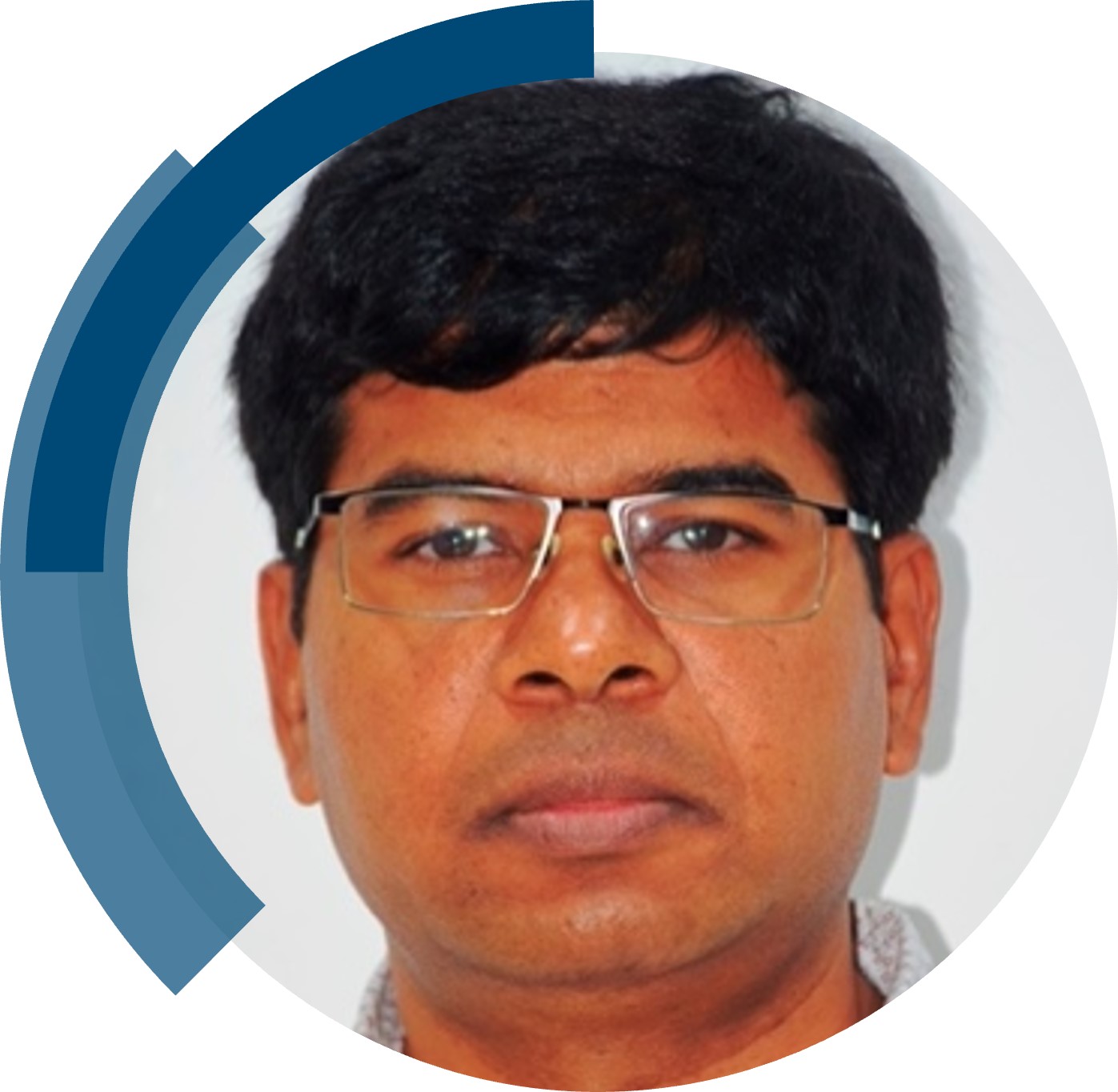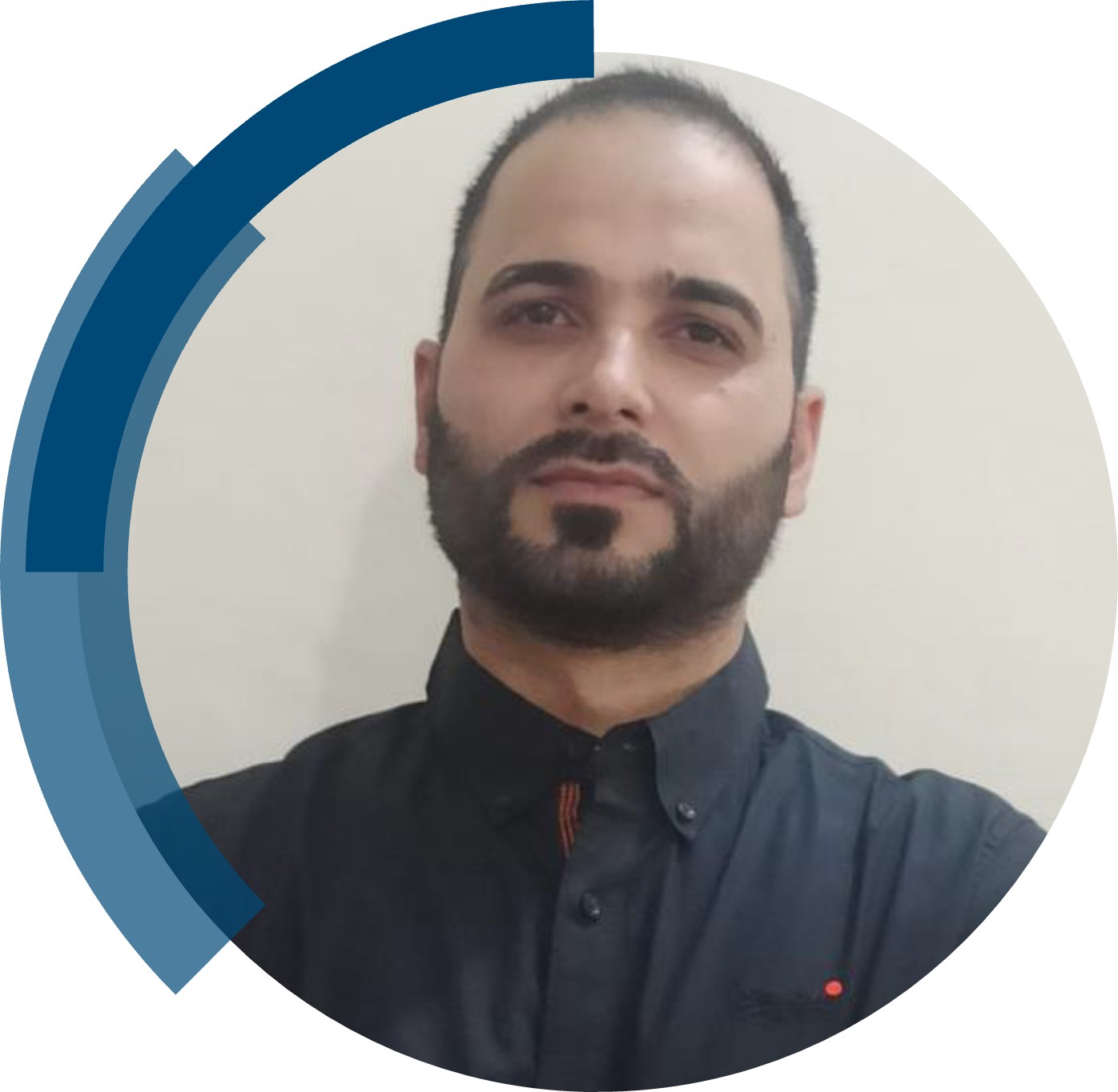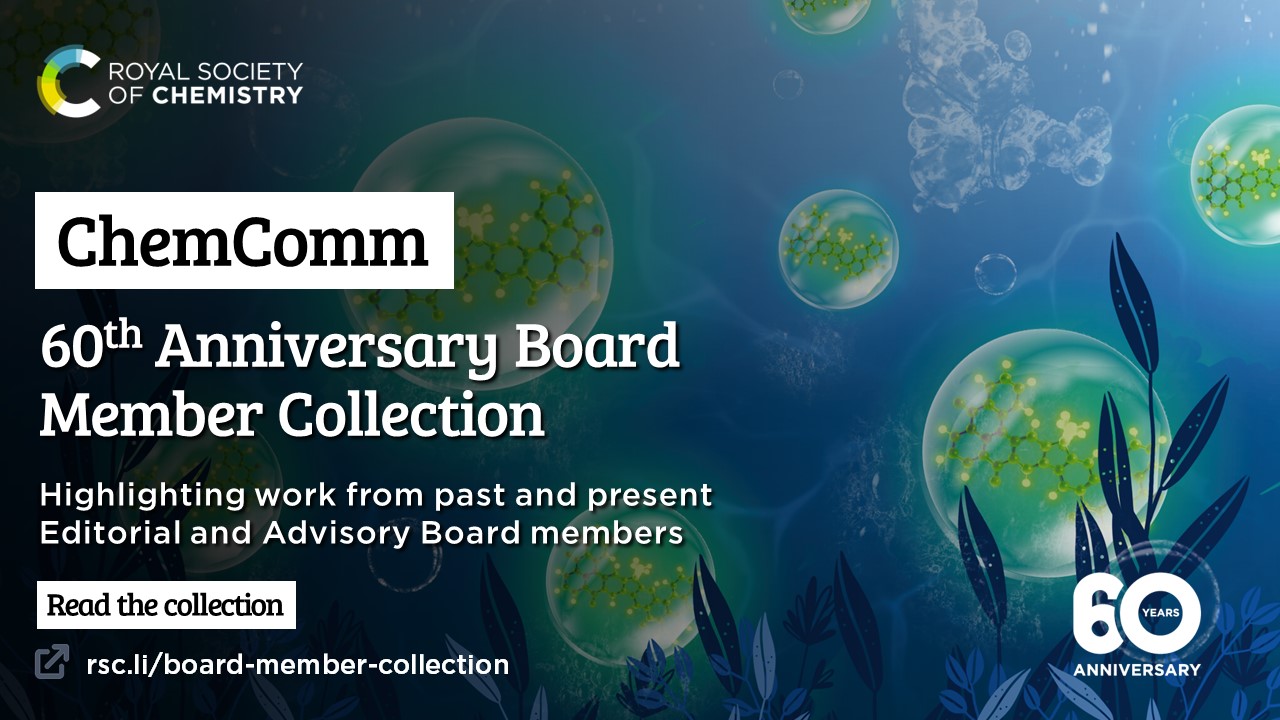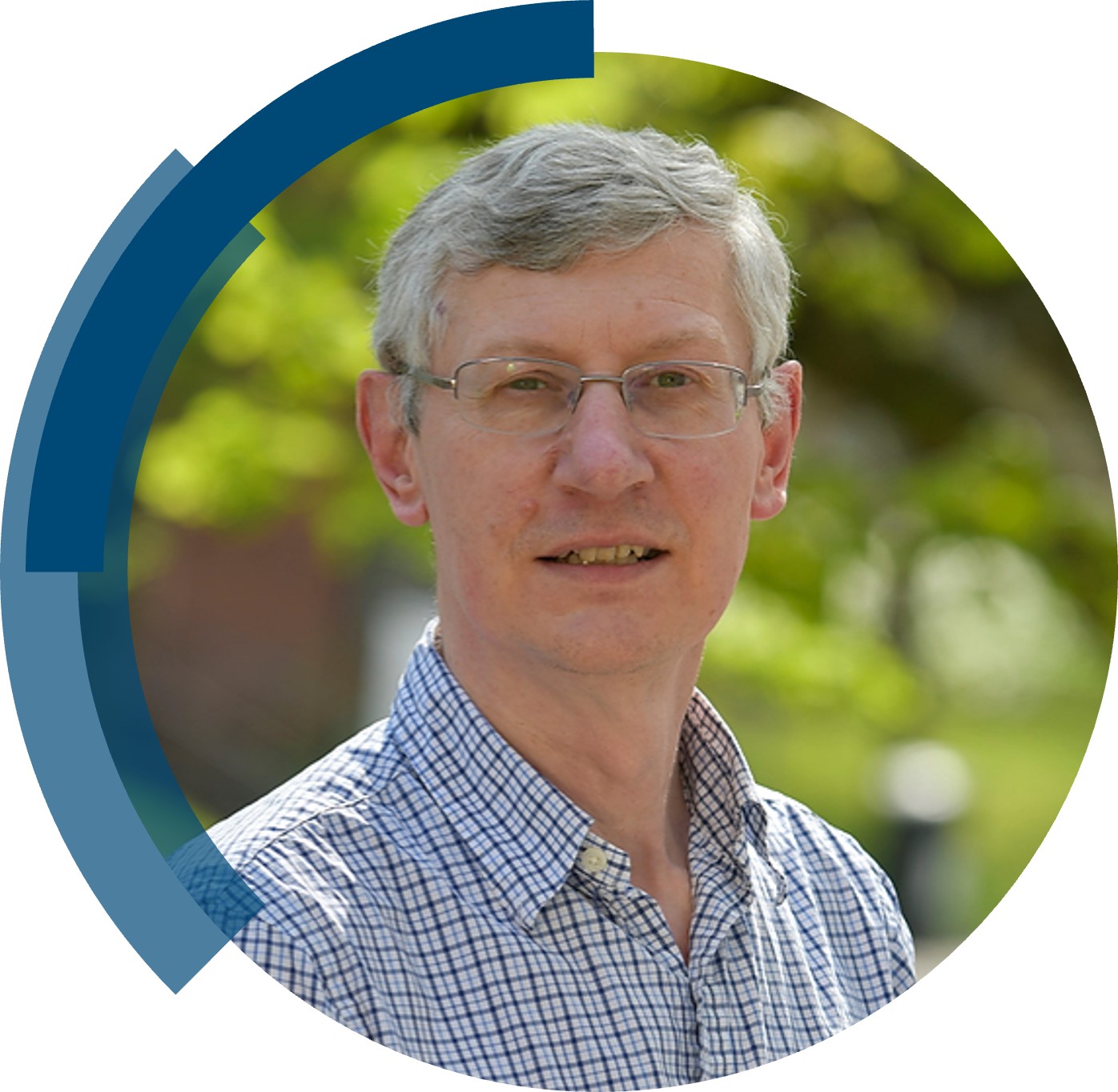We are excited to share the success of Arnaud Thevenon’s first-time independent article in ChemComm; “A π-extended β-diketiminate ligand via a templated Scholl approach“ included in the full milestones collection.
Read our interview with Arnaud below.
What are the main areas of research in your lab and what motivated you to take this direction?
Catalysis is playing and will play an essential role in the energy, resource, and material transitions that our society is facing. In my research group, we aim at developing new concepts in thermo- / electro- / photo-chemical catalysis to contribute to these transitions. Our main research areas cover three topics: 1) exploring homogeneous molecular mimics of Single Atom Catalysts for the electrochemical conversion of small molecules; 2) developing new catalysts to convert waste and renewable feedstocks into polymers that are intrinsically circular by design; 3) creating new (electro/photochemical) post-polymerization modification methods to incorporate new functionalities into polymers.
Can you set this article in a wider context?
The discovery of Single Atom Catalysts (SACs) is one of the most exciting recent breakthroughs in the realm of (electro-)catalysis. Constituted of isolated, individual transition metal atoms dispersed on, and/or coordinated with, the surface of a heterogeneous support, SACs enable the reasonable use of abundant metal resources and facilitate atom economy. Nowadays, they are widely used to catalyze many thermo-, photo- and electrochemical reactions (e.g., small molecules conversion, biomass valorization). However, the development of SACs with higher performances (e.g., new selectivity profile, higher activity) is now facing a wall. The heterogeneity of their active sites precludes mechanistic studies and the understanding of the structure/activity/selectivity relationship remain obscure. More precisely, it is still unknown how the coordination environment of active sites and how support/active site interactions affect the final performance of a SAC during a chemical reaction. In this project, we aim at creating molecular models of active sites of SAC and investigate their reactivity in presence of small molecules such as CO2 to shed light on the synergy between the extended 𝛑-system and the metal center during catalysis.
What do you hope your lab can achieve in the coming year?
In the coming year, I hope we will make good progress in investigating/understanding the reactivity of first row transition metals coordinated to our benzo[f,g]tetracene BDI ligand in presence of various small molecules under reductive conditions.
Describe your journey to becoming an independent researcher.
My journey to becoming an independent researcher started at EPFL. During my undergraduate studies, I worked with Prof. Gabor Laurenczy on the Ru-catalyzed decomposition of formic acid. I then had the chance to conduct my Master thesis in the group of Prof. Paula Diaconescu, at UCLA, on redox-active catalysts for the polymerization of cyclic lactones. I subsequently moved to the University of Oxford, in the group of Prof. Charlotte K. Williams, where I obtained my PhD on the development of main group catalysts for the synthesis of oxygenated polymers. After completion of my PhD in 2018, I joined the group of Prof. Theodor Agapie at Caltech as a Marie Skłodowska-Curie fellow. My research focused on the development of hybrid heterogeneous Cu electrodes for the electroconversion of CO2-to-fuels. At the end of 2020, I moved back to Europe to complete my Marie Skłodowska-Curie fellowship in the group of Prof. Stefan Mecking, at the University of Konstanz, where I worked on the development of catalysts for olefin polymerization. Since August 2021, I joined the Organic Chemistry and Catalysis group as an assistant professor.
What is the best piece of advice you have ever been given?
At the start of my PhD degree, I received a birthday card from my daily supervisor, Dr. Jennifer Garden, with a quote: “Nullum magnum ingenium sine mixtura dementiae fuit”, attributed to Seneca. I console myself with that quote every time I come up with the next (unrealistic) Friday afternoon experiment to try!
Why did you choose to publish in ChemComm?
I chose to publish in ChemComm due to its high visibility and reputation within the scientific community.
Explore more ChemComm Milestones news and updates on our X Feed (@ChemCommun) and LinkedIn (ChemComm Journal)

























